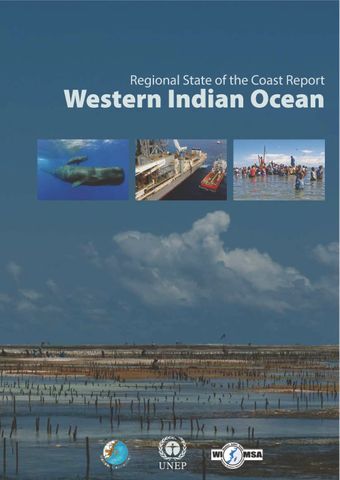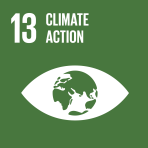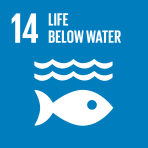Beaches and the nearshore

- Author: Joseph Maina
- Main Title: Regional State of the Coast Report , pp 40-51
- Publication Date: March 2016
- DOI: https://doi.org/10.18356/ec9e06a1-en
- Language: English
The nearshore environment is generally defined as the area encompassing the transition from sub-tidal marine habitats to associated upland systems. For the purpose of this report, we define the area as that which includes habitats within the land-sea interface, extending to shallow sub-tidal waters (~2 m depth). Strong interactions occur between the marine environment and upland habitats within this interface. For example, a variety of vegetation provides bank stability, shades the upper intertidal zone and provides terrestrial input (eg woody debris as a fish refuge) to the nearshore marine ecosystem. Nearshore habitats are diverse, and include rocky shores, sandy beaches, muddy shores, mangroves, seagrass meadows and coral reefs. Their distribution is largely influenced by climate, geomorphology and coastal land use. Coral reefs, seagrass meadows and mangroves, also classified as nearshore ecosystems/habitats, are addressed in separate chapters in this report.
-
From This Site
/content/books/9789210601573s006-c002dcterms_title,dcterms_subject,pub_keyword-contentType:Journal -contentType:Contributor -contentType:Concept -contentType:Institution105


